I had the opportunity to rent the Canon TS-E 90mm ƒ/2.8 from BorrowLenses for about two weeks, and wanted to do some quick, “non-scientific actual working conditions” focus testing with it. It’s a manual focus lens so the issue isn’t about auto-focus—it was strictly an issue of if I’m satisfied with the focus quality. And (spoiler alert!) it does a good job for how I use my camera and lenses.
I’m pretty picky about my focus when it comes to photographing food, and I’m also considering buying this lens so I wanted to make sure that if I do buy it then I get something I’ll be happy with. So, just before doing a food setup in my living room I set up the camera on a sturdy tripod and photographed this lens cap at ƒ/2.8, ƒ/4 and ƒ/5.6. I like to have shallow DOF in my food photos, and I’ll often set the aperture to ƒ/4 or ƒ/5.6 when using my 70-200mm lens.
At ƒ/2.8 the focus is really soft, but I find that this is pretty common in any non “L” Canon lens (and, in my experience, L-glass tends to be a bit softer at its widest aperture). It gets better at ƒ/4, and I really like it at ƒ/5.6. If (when) I purchase this lens I’ll probably be photographing at ƒ/5.6 anyways, since that’s what I do a lot of my food photography at when using my Canon 70-200 ƒ/4L IS lens.
Another thing is that at the wider aperture (ƒ/2.8) the CA (chromatic aberration) is pretty significant. It’s still visible at ƒ/5.6, but not nearly as bad. Either way it’s an easy fix in Photoshop, but it’s always nice when there’s not much editing involved.
In a nutshell I really like this lens, not only because of the focus quality. I’ll be posting again soon on the blog about some of the other cool features of a tilt-shift with food and portrait work.
A big thanks to BorrowLenses for the complimentary lens rental. If you’re considering renting gear, or buying gear and want to check it out first (like I did) then I highly recommend checking out their website: BorrowLenses.com
I had the opportunity to rent the Canon TS-E 90mm ƒ/2.8 from BorrowLenses for about two weeks, and wanted to do some quick, “non-scientific actual working conditions” focus testing with it. It’s a manual focus lens so the issue isn’t about auto-focus—it was strictly an issue of if I’m satisfied with the focus quality. And (spoiler alert!) it does a good job for how I use my camera and lenses.
I’m pretty picky about my focus when it comes to photographing food, and I’m also considering buying this lens so I wanted to make sure that if I do buy it then I get something I’ll be happy with. So, just before doing a food setup in my living room I set up the camera on a sturdy tripod and photographed this lens cap at ƒ/2.8, ƒ/4 and ƒ/5.6. I like to have shallow DOF in my food photos, and I’ll often set the aperture to ƒ/4 or ƒ/5.6 when using my 70-200mm lens.
At ƒ/2.8 the focus is really soft, but I find that this is pretty common in any non “L” Canon lens (and, in my experience, L-glass tends to be a bit softer at its widest aperture). It gets better at ƒ/4, and I really like it at ƒ/5.6. If (when) I purchase this lens I’ll probably be photographing at ƒ/5.6 anyways, since that’s what I do a lot of my food photography at when using my Canon 70-200 ƒ/4L IS lens.
Another thing is that at the wider aperture (ƒ/2.8) the CA (chromatic aberration) is pretty significant. It’s still visible at ƒ/5.6, but not nearly as bad. Either way it’s an easy fix in Photoshop, but it’s always nice when there’s not much editing involved.
In a nutshell I really like this lens, not only because of the focus quality. I’ll be posting again soon on the blog about some of the other cool features of a tilt-shift with food and portrait work.
A big thanks to BorrowLenses for the complimentary lens rental. If you’re considering renting gear, or buying gear and want to check it out first (like I did) then I highly recommend checking out their website: BorrowLenses.com

Nicole is a photographer, published author, and educator specializing in Lightroom, Photoshop, and photography. She is best known for her books on food photography but is widely versed in various photographic genres, including landscape, nature, stock, travel, and experimental imagery.

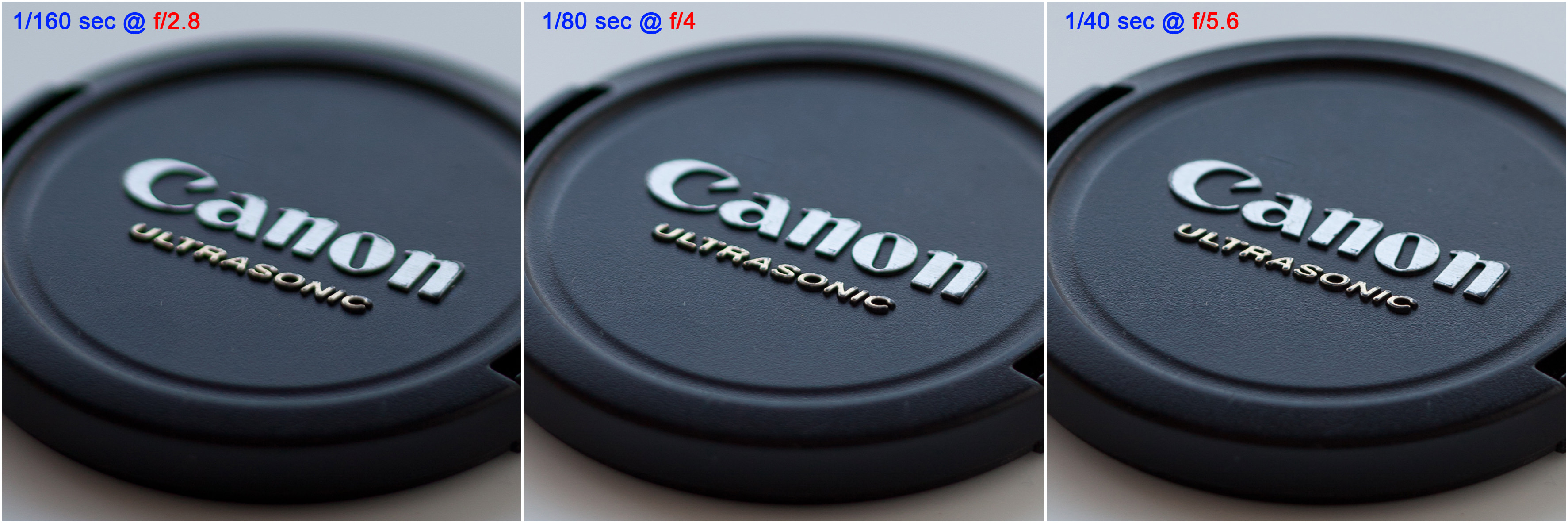
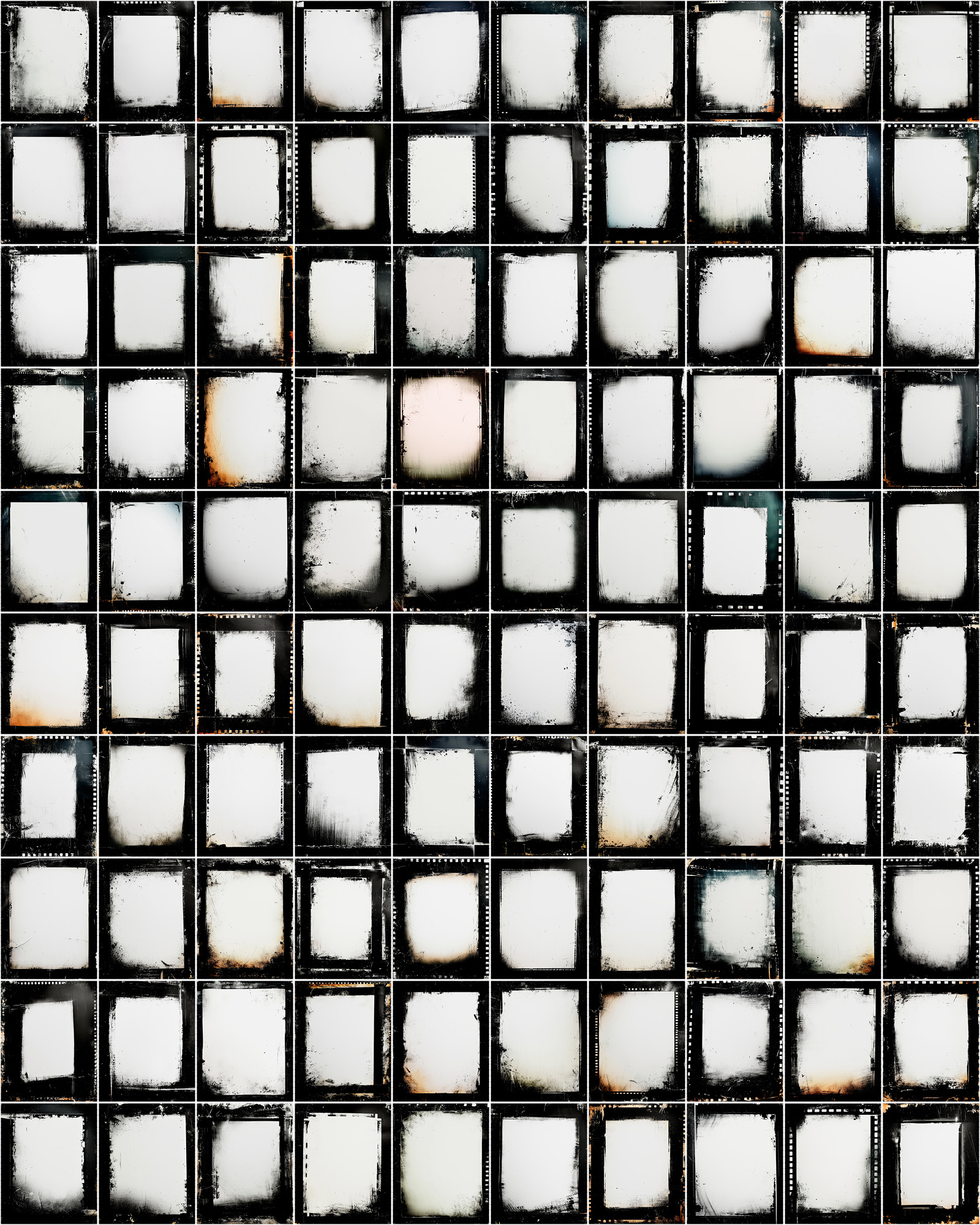





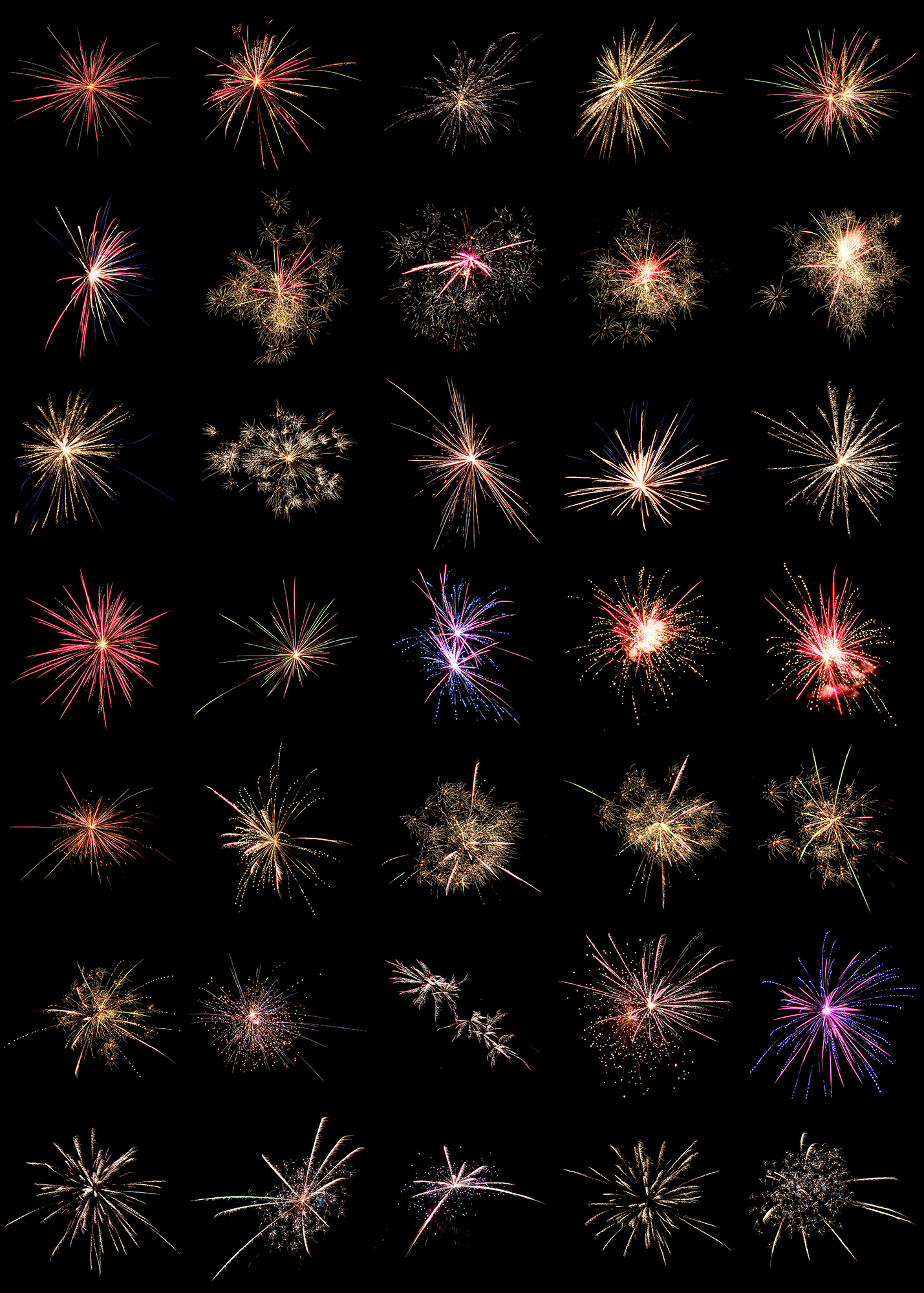

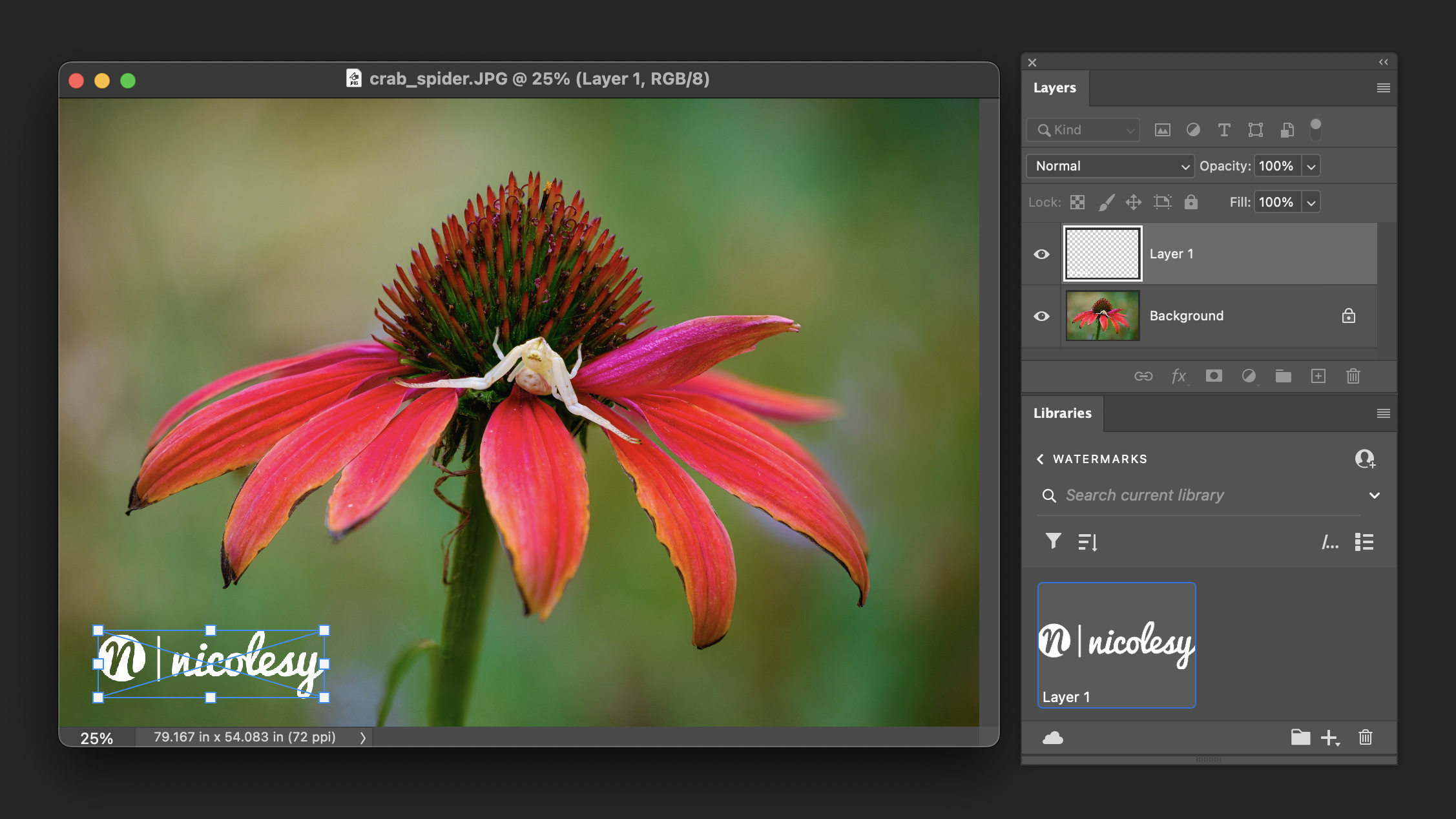
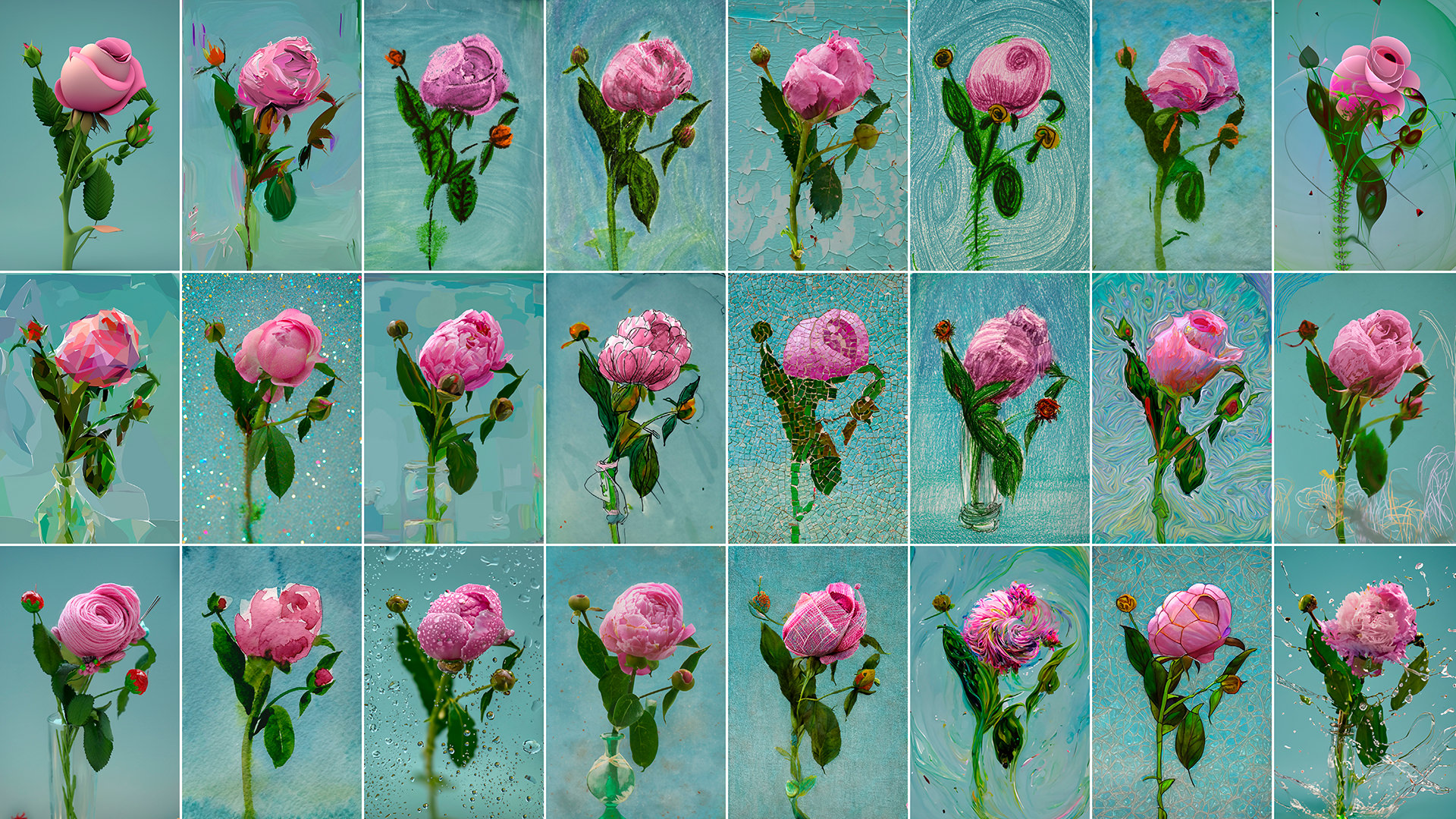

Hi Nicole,
I can’t understand whether you have tried the tilt/shift functions in your test.
Ciao,
Marco
When I first started shooting with a DSLR I mistakenly thought that I needed to shoot at the lowest aperture my lens would allow. It took a while for me to get what people meant by the “sweet spot,” but you demonstrated it beautifully here.
@Marco – This was just to check focus, since I’m not going to spend money on a lens like this unless I’m happy with the sharpness and overall quality. I’ll talk about the tilt/shift features in a future blog post.
I feel silly to say it, but, I’m having a hard time distinguishing between focus and depth of field. Can you tell me how to tell the difference?
Hi Dave, no need to feel silly at all. Focus is the spot in your image that is actually “in focus”. “Depth of Field” (DOF) is the amount of area in front of and behind the “in focus” spot that is also in focus. “Shallow DOF” means that you have very little else in focus aside from the “in focus” spot, and “great DOF” means that a lot of the image is in focus.
I have another blog post that might help with understanding some of this:
https://nicolesy.com/2011/04/20/lens-compression-depth-of-field/
Did you manage to do further test? I have this lens but it’s a shame I have not really play with it, only for testing the shifting.